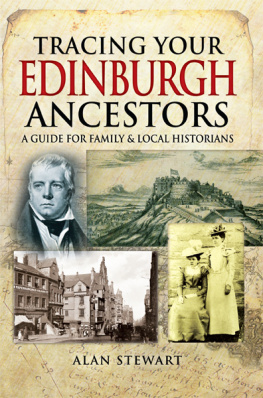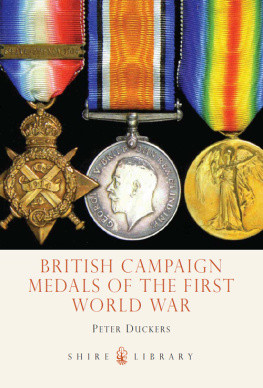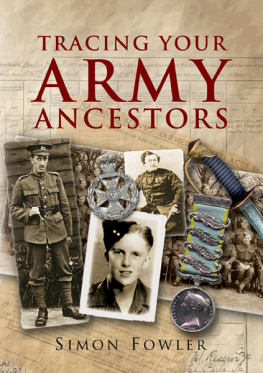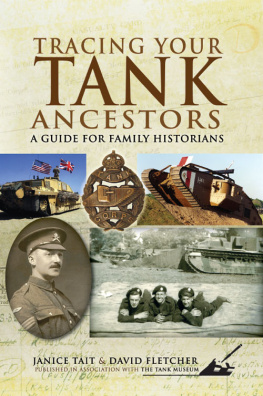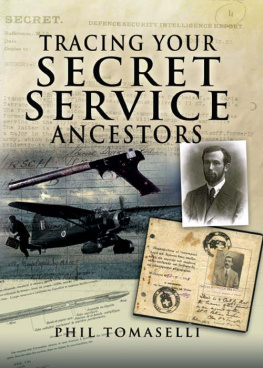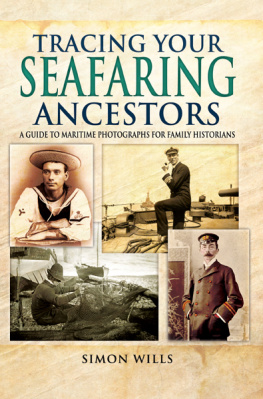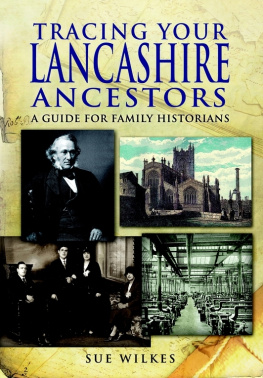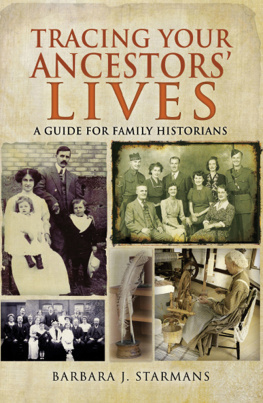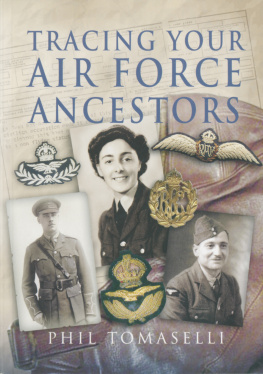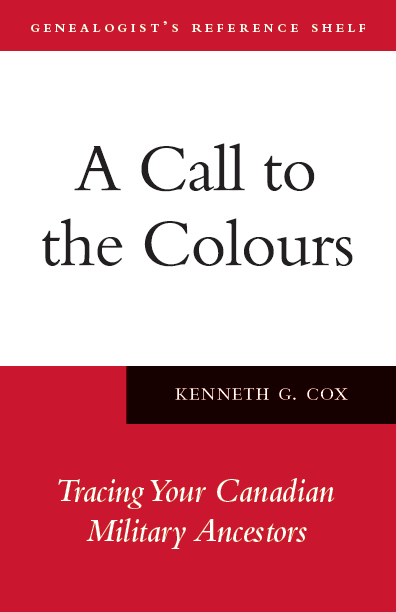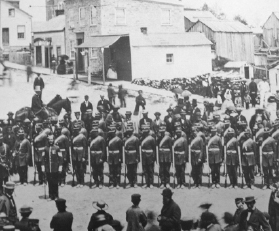A Call to
the Colours
GENEALOGISTS REFERENCE SHELF
A Call to
the Colours
Tracing Your Canadian
Military Ancestors
KENNETH G. COX


Copyright Kenneth G. Cox, 2011
All rights reserved. No part of this publication may be reproduced, stored in a retrieval system, or transmitted in any form or by any means, electronic, mechanical, photocopying, recording, or otherwise (except for brief passages for purposes of review) without the prior permission of Dundurn Press. Permission to photocopy should be requested from Access Copyright.
Editor: Ruth Chernia
Copy Editor: Cheryl Hawley
Design: Jesse Hooper
Library and Archives Canada Cataloguing in Publication
Cox, Kenneth G.
A call to the colours : tracing your Canadian military ancestors / Kenneth G. Cox.
(Genealogists reference shelf)
Co-published by: Ontario Genealogical Society.
Includes bibliographical references and index.
Issued also in an electronic format.
ISBN 978-1-55488-864-1
1. Soldiers--Canada--Genealogy--Handbooks, manuals, etc. 2. Canada--Genealogy--Handbooks, manuals, etc. 3. Archival resources--Canada. I. Ontario Genealogical Society II. Title. III. Series: Genealogists reference shelf
CS83.C69 2011 929.371 C2011-900943-9
1 2 3 4 5 15 14 13 12 11

We acknowledge the support of the Canada Council for the Arts and the Ontario Arts Council for our publishing program. We also acknowledge the financial support of the Government of Canada through the Canada Book Fund and Livres Canada Books , and the Government of Ontario through the Ontario Book Publishers Tax Credit program, and the Ontario Media Development Corporation .
Care has been taken to trace the ownership of copyright material used in this book. The author and the publisher welcome any information enabling them to rectify any references or credits in subsequent editions.
J. Kirk Howard, President
Printed and bound in Canada.
www.dundurn.com
Ontario Genealogical Society
Suite 102, 40 Orchard View Boulevard
Toronto, Ontario, Canada M4R 1B9
tel. (416) 489-0734 fax. (416) 489-9803
provoffice@ogs.on.ca www.ogs.on.ca
Dundurn Press
3 Church Street, Suite 500
Toronto, Ontario, Canada
M5E 1M2
Gazelle Book Services Limited
White Cross Mills
High Town, Lancaster, England
LA1 4XS
Dundurn Press
2250 Military Road
Tonawanda, NY
U.S.A. 14150
INTRODUCTION
Prior to the rebellions of 1837, Anna Jameson toured Upper Canada and recorded her impressions in a book entitled Winter Studies and Summer Rambles . Her text offers Canadian historians an interesting glimpse into the early development of the Province of Ontario. For anyone interested in military history, she recorded the following review of an early militia muster in the community of Erindale, just west of Toronto. It speaks volumes about the state of our countrys early military preparedness.
On a rising ground above the river which ran gurgling and sparkling through the green ravine beneath, the motley troops, about three or four hundred men, were marshalled no, not marshalled, but scattered in a far more picturesque fashion hither and thither. A few men, well mounted, and dressed as lancers, in uniforms which were, however, anything but uniform, flourished backward on the green sward, to the manifest peril of the spectators; themselves and their horses, equally wild, disorderly, spirited, undisciplined: but was perfection compared to the infantry. Here there was no uniformity attempted of dress, of appearance, of movement; a few had coats, others jackets; a greater number had neither coats nor jackets, but appeared in their shirt sleeves, white or checked, or clean or dirty, in edifying variety! Some wore hats others caps, others their own shaggy heads of hair. Some had firelocks, some had old swords suspended in belts, or stuck in their waistbands; but the greater number shouldered sticks or umbrellas.
Mrs. M. told us that on a former parade day she heard the word of command given thus Gentlemen with the umbrellas take ground to the right! Gentlemen with the walking sticks take ground to the left! Now they ran after each other elbowed and kicked each other, straddled, stooped, chattered; and if the commanding officer turned his back for a moment, very cooly sat down on the bank to rest. Not to laugh was impossible, and defied all power of face.[1]
Militia drilling, Elora, Ontario. Archives Ontario, C 286-1-0-6-31.
From the earliest days of this country, our ancestors were required to perform some form of military service, often as militia. At least once a year, or as commanded by the military authorities, all able-bodied men between the ages of sixteen and sixty were required by law to muster for military training. Indeed, a myth developed that, during the various conflicts it endured, this country was saved by the local militia. It is hard to believe, after reading Anna Jamesons account, that the men who mustered in Erindale in 1837 were capable of stopping a determined enemy or eventually serving, as many of their descendents did, in major world conflicts. Or that many of these men had ancestors who had served during the War of 1812 or even farther back in time during the American Revolution. But they did.
By 1856 the British government had decided that it was about time for their North American colonies to take more responsibility for their own defence. Many of the British regiments that had been stationed in the colonies had been withdrawn during the Crimean War, and British taxpayers were already overburdened. So a more professional militia was recommended for Canada. Uniforms, arms, equipment, and professional training were provided by England and our militia took on a more professional look. Militia regiments like the Queens Own Rifles and the 48th Highlanders are good examples of the result of this change in policy. It soon became fashionable for young gentlemen with money to join one of the more prestigious militia regiments. By 187071 the remaining British regiments were withdrawn and Canada found itself responsible for its own defence. However, when necessary, Britain did send regiments back to Canada during periods of international or internal tension, such as during the Red River and North West Rebellions.
Canadas involvement in the Boer War heralded our first real military involvement beyond our own borders. Of course, by the end of the First World War Canadian soldiers proved that they were ready to be called upon to serve with distinction anywhere the country needed them. Unfortunately, this call would come again a mere two decades after the end of the war to end all wars.
The discovery that an ancestor served during one of the major conflicts in our history is exciting. To find a family name on a Loyalist muster roll, a Canada General Service Medal with an ancestors name engraved on it, a set of First World War attestation papers, or a box of Second World War medals says that one of our ancestors faced challenging events beyond the scope of everyday living.


